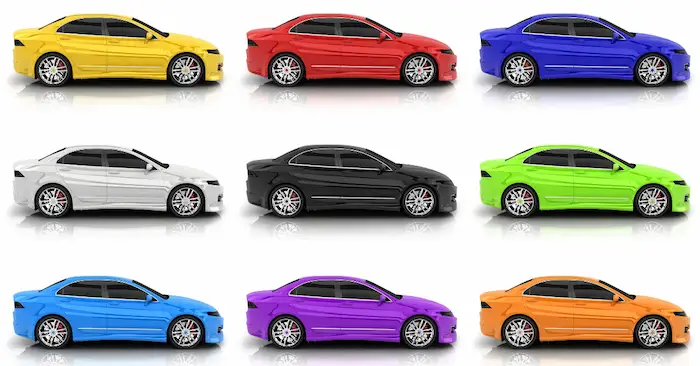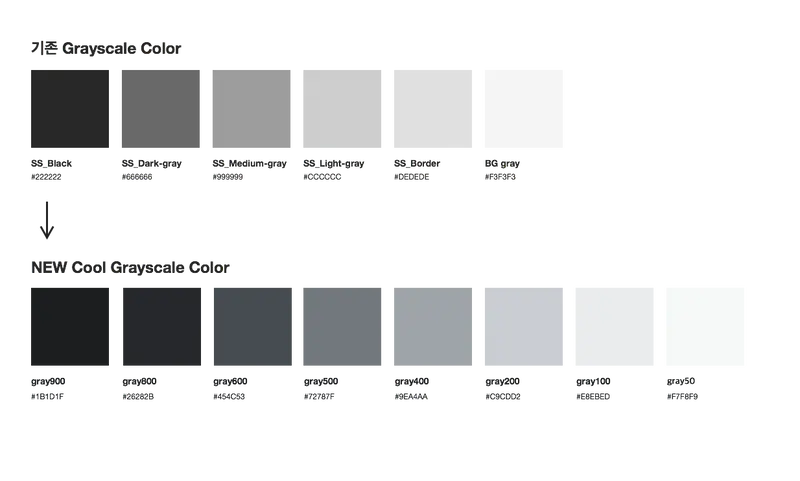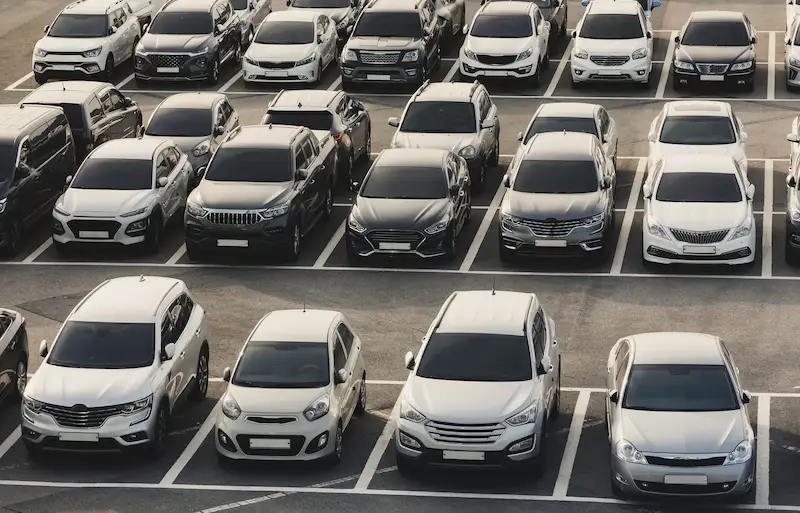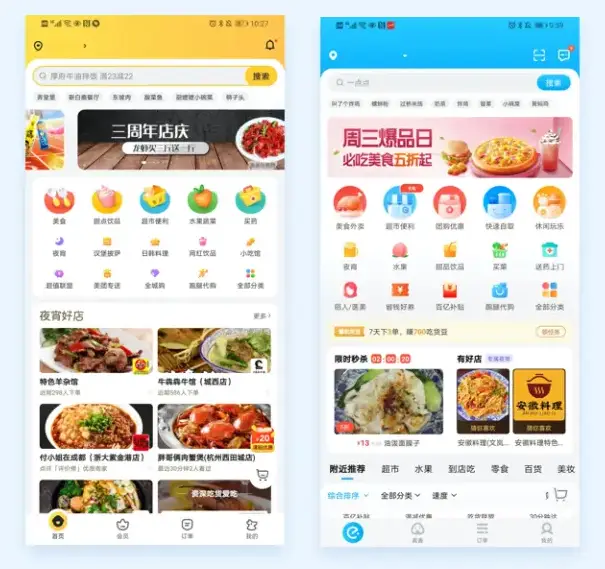Is there a most popular color among humans as a group?
While the answer to this question depends on the definition of "most popular," there is an objective way to consider it: by looking at what color of cars sells the best.

The color that has the highest sales in the car market indicates the public's strong preference for that color. Last week, a U.S. automotive website released the ranking of colors for all new cars sold in the U.S. in 2023.
The result showed that shades of gray are the most popular, specifically various mixes of black and white, including four main colors: white, black, gray, and silver.

These four colors accounted for 80% of new cars sold in the U.S. last year: white 27.6%, black 22%, gray 21.3%, and silver 9.1%.

This is quite surprising: shades of gray, which are the least distinctive, are the most popular colors. We often say life is colorful, but in fact, the public prefers conservative colors, and this preference is growing stronger. In 2004, shades of gray accounted for only 60% of new cars; now it has risen to 80%.
This phenomenon is not unique to the U.S.; it's the same worldwide. The proportion of gray shades in China is even higher.

In 2021, the three most popular car colors in China were white (50%), black (22%), and gray (14%). These three colors alone accounted for 86%, which is even more concentrated than in the U.S. In comparison, other colors are quite niche.
There might be three reasons why people prefer gray-colored vehicles:
1. Lower Costs: Because these colors are popular, the production and sales costs are lower than those for other colors. For example, in China, buying a Tesla in any color other than black costs extra.
2. Higher Resale Value: Flashy colors make second-hand cars harder to sell, often forcing a price drop.
3. Greater Safety: These colors are more commonly accepted by the public, don't attract attention, and are easy to blend in, making them socially acceptable.
Among these reasons, I believe the third is the most important. People prefer to conform to the majority to avoid standing out.
This is a phenomenon of herd mentality. It is prevalent in daily life: the most popular choice is often the safest, and choosing it is rarely wrong. Goods aimed at the public tend to come in the most popular few styles. Moreover, the larger the market, the more pronounced this concentration trend becomes.
For example, in apartment building designs, regardless of the developer, the floor plans are quite similar, with conventional layouts. Such designs are not distinctive but are easier to sell. Unique and characteristic designs pose risks in sales and are harder to resell.
The internet industry is similar. The most popular apps have highly similar page designs. The images below show the homepages of Meituan and Ele.me(two most popular food delivery apps in China); most popular Chinese apps follow this design trend.

Humans are similar. While we might be quite individualistic and distinctive in childhood, we gradually lose this individuality and become more like those around us as we grow up and enter society. This makes it safer and easier to be accepted by society; the more you resemble others, the better you get along.
Only a few people never compromise and maintain their individuality throughout their lives. This can be quite good, as they avoid mental exhaustion, and society does need individualistic people. However, such individuals are destined to be isolated for life.
Reference: https://www.ruanyifeng.com/blog/2024/06/weekly-issue-304.html
